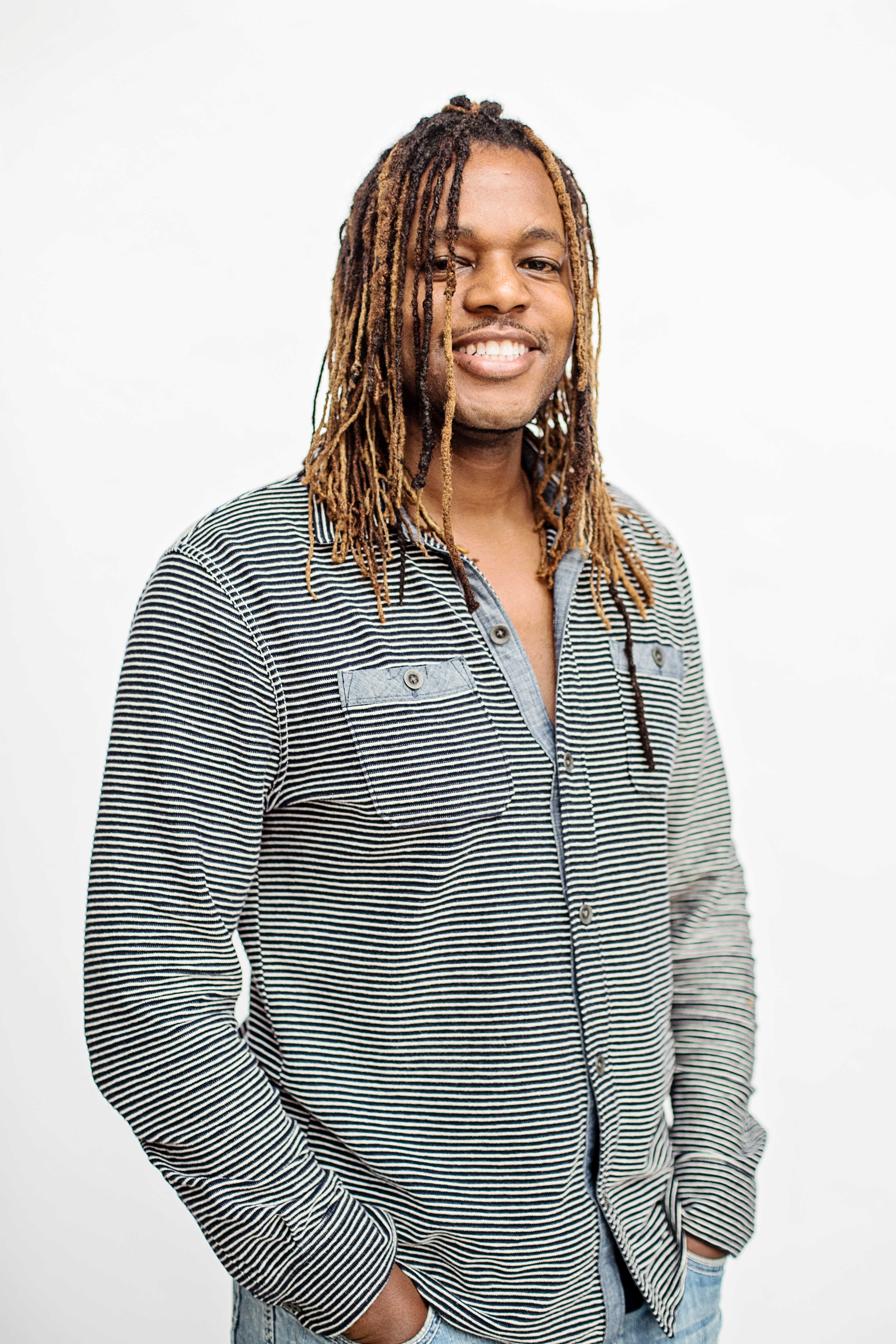Torrey Thomas has been teaching dance — or what he calls “Torreography” — for more than 20 years. He was born and raised in Grand Rapids and loves his roots here in West Michigan. He is known around the community for his eccentric personality, talented dance moves and teaching abilities, working with theater productions and giving lessons. Recently, Thomas received a Grand Award for best choreography for his work on Ragtime at Grand Rapids Civic Theatre. We talked with Thomas about where his passion to teach, dance and work comes from.
What does dancing mean to you?
I am a person who loves and exudes dance. It is who I am. When I’m not dancing, I’m still dancing. For me, dance is the one thing that, besides music, brings everyone together. It’s something I enjoy doing. It’s a gift I believe God has given me to share with other people. I’ve had projects where I’ve worked with people who are not as confident in themselves or are somewhat shy, and my goal, my drive and passion, is to help them get to that potential of being a better dancer, a better person. I’m a person who loves the arts, inclusivity, diversity — those are the things that speak to me, and dance helps me with that.
How did you get into dancing?
Dance started when I was a young boy, watching Solid Gold, Soul Train and American Bandstand. When I was younger, my parents would have parties and there’d always be music playing and people dancing. It was a type of fellowship that my family was a part of.
What was the first dance opportunity you had?
Elementary. It was a talent show and I had choreographed Michael Jackson’s Thriller for some of my friends. During that time, Thriller was really big and there was a man by the name of Michael Peters who had choreographed the video, and I wanted to be him. And everybody said, ‘You should be Michael Jackson, you’re the best dancer, you should be in the front,’ but I didn’t want to be in the front. I wanted to be behind the scenes. I wanted to be the person who taught the dance. So we did the talent show. The person who played Michael Jackson ended up dropping out, so I had to actually be Michael Jackson and dance. We won first place, which was great, but for me it was that whole experience.
How did it continue from there?
Throughout life, I always danced. In high school, I danced on the dance team, was captain of the dance team. My first formal performance in theater would have been at Circle Theatre. I was a swing dancer for Chicago. Tito Hernandez was the choreographer at the time … and he was a phenomenal choreographer, I remember just watching him create. We had gotten done with the actual run and he said to me, ‘Torrey, I have some more shows I want to do and I want you to be a part of those shows,’ and I said, ‘Tito, no. I want your job. I want to be a choreographer.’
Why would you rather stay behind the scenes?
I really like working with individuals and helping them get to their potential. I love working with the director and music director and seeing their vision and helping that unfold. To me, to get a project and see the script, I see movement, I see costume changes, and I see lights. I see it all in my head and I love working with people who are going to let that happen. The bigger the cast, the bigger the vision for me. And I really do enjoy that.
Let’s talk about Ragtime, the show you choreographed and won a Grand Award for.
That cast was amazing. Of course with what’s going on in our world and politics, that show meant so much to the community. I’m so glad it resonated so well. My first big project was Fiddler on the Roof at GR Civic Theatre, where the youngest person was 8 years old and the oldest was 65. So you’re talking about a cast of 35 people where I had to get them all onstage at one time and dancing together. You’ve got to use people’s strengths and weaknesses together to see what looks good. And the director, Bruce Tinker, he’s really allowed me to be creative. He’s given me that go ahead, that green light. He’s trusted me to come up with things, as I call, ‘Torreography.’
What is Torreography?
It’s kind of my motto for now. I don’t say choreography, I say, ‘Torreography,’ where I’ll take a project and I’ll see what people have done and make it my own. I really challenge myself in doing that to be more creative, to do things differently, to have that T3 flavor or flair. So people see that and they say, ‘Oh, that’s definitely Mr. Torrey’s work there.’





